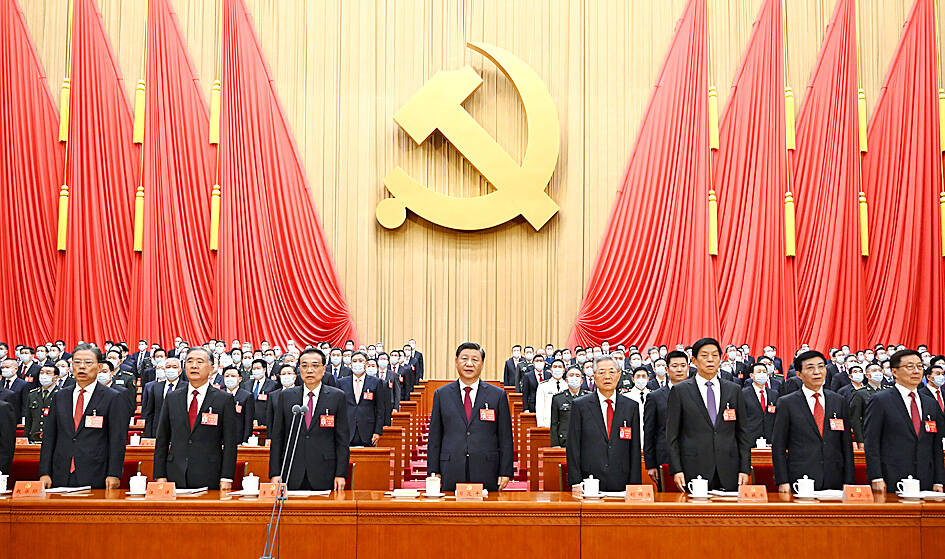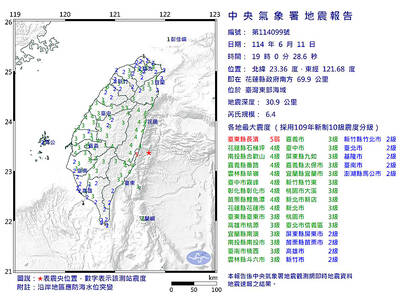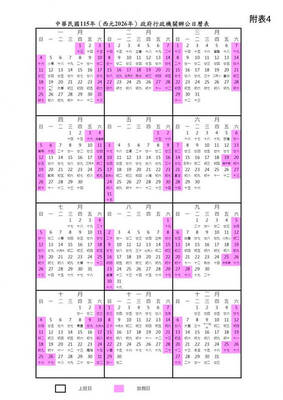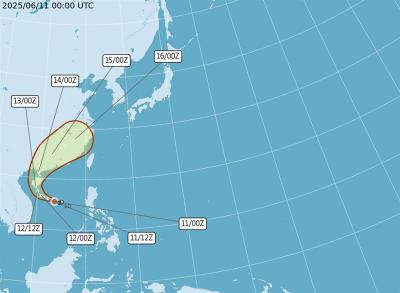Pursuing unification with Taiwan is likely to be high on the agenda during Chinese President Xi Jinping’s (習近平) third five-year term that began earlier this year, Taiwan’s Ministry of National Defense said in a report.
The ministry based its analysis on three events that have taken place since the 20th National Congress of the Chinese Communist Party (CCP) in October last year cemented Xi’s grip on power in the party following a major leadership shuffle.
At the congress, the CCP wrote the “one country, two systems” formula into its party constitution, which sets more definitive guidance on the party’s Taiwan policy, the ministry said.

Photo: EPA-EFE / XINHUA / LI XUEREN
The concept was first proposed by the late leader Deng Xiaoping (鄧小平) in the 1970s to promote the policy of peaceful unification with Taiwan.
Another indication was the first speech given by Xi at the 14th National People’s Congress, after he was elected for an unprecedented third term as president, in which he vowed to lead the CCP to “solidly” promote the “great cause of national reunification,” it added.
The report added that the lineup of the CCP’s 20th Central Military Commission (CMC), China’s highest national defense organization, also suggested Xi considered unifying with Taiwan to be at the top of his third term agenda.
Xi has prioritized generals with expertise in military technology, experience in combat and handling matters related to Taiwan, the ministry said.
It added that He Weidong (何衛東) was appointed to hold one of the two CMC vice chairmanships as he was well-versed with the People’s Liberation Army’s (PLA) military readiness, which would be an asset in the event of a cross-strait conflict.
His most recent post was as commander of the PLA’s Eastern Theater Command, during which he was responsible for Taiwan and East China Sea contingencies.

A magnitude 6.4 earthquake struck off the coast of Hualien County in eastern Taiwan at 7pm yesterday, the Central Weather Administration (CWA) said. The epicenter of the temblor was at sea, about 69.9km south of Hualien County Hall, at a depth of 30.9km, it said. There were no immediate reports of damage resulting from the quake. The earthquake’s intensity, which gauges the actual effect of a temblor, was highest in Taitung County’s Changbin Township (長濱), where it measured 5 on Taiwan’s seven-tier intensity scale. The quake also measured an intensity of 4 in Hualien, Nantou, Chiayi, Yunlin, Changhua and Miaoli counties, as well as

Taiwan is to have nine extended holidays next year, led by a nine-day Lunar New Year break, the Cabinet announced yesterday. The nine-day Lunar New Year holiday next year matches the length of this year’s holiday, which featured six extended holidays. The increase in extended holidays is due to the Act on the Implementation of Commemorative and Festival Holidays (紀念日及節日實施條例), which was passed early last month with support from the opposition Chinese Nationalist Party (KMT) and Taiwan People’s Party. Under the new act, the day before Lunar New Year’s Eve is also a national holiday, and Labor Day would no longer be limited

The first tropical storm of the year in the western North Pacific, Wutip (蝴蝶), has formed over the South China Sea and is expected to move toward Hainan Island off southern China, the Central Weather Administration (CWA) said today. The agency said a tropical depression over waters near the Paracel and Zhongsha islands strengthened into a tropical storm this morning. The storm had maximum sustained winds near its center of 64.8kph, with peak gusts reaching 90kph, it said. Winds at Beaufort scale level 7 — ranging from 50kph to 61.5kph — extended up to 80km from the center, it added. Forecaster Kuan Hsin-ping

COMMITMENTS: The company had a relatively low renewable ratio at 56 percent and did not have any goal to achieve 100 percent renewable energy, the report said Pegatron Corp ranked the lowest among five major final assembly suppliers in progressing toward Apple Inc’s commitment to be 100 percent carbon neutral by 2030, a Greenpeace East Asia report said yesterday. While Apple has set the goal of using 100 percent renewable energy across its entire business, supply chain and product lifecycle by 2030, carbon emissions from electronics manufacturing are rising globally due to increased energy consumption, it said. Given that carbon emissions from its supply chain accounted for more than half of its total emissions last year, Greenpeace East Asia evaluated the green transition performance of Apple’s five largest final